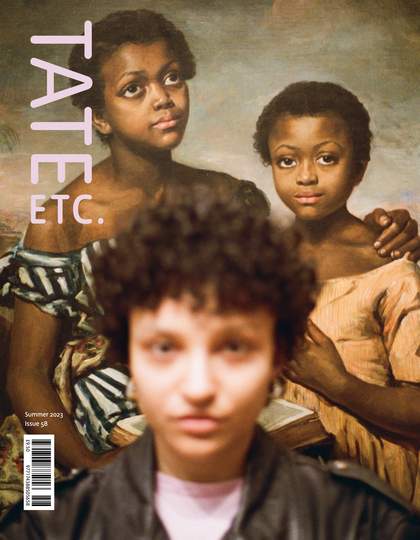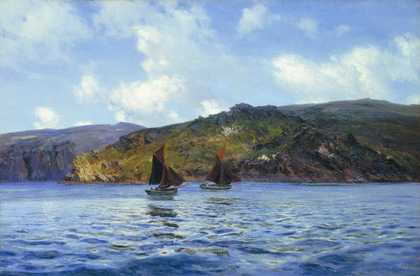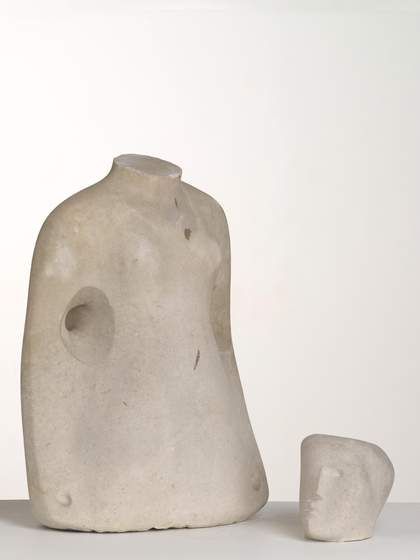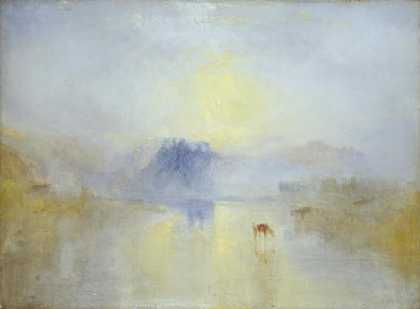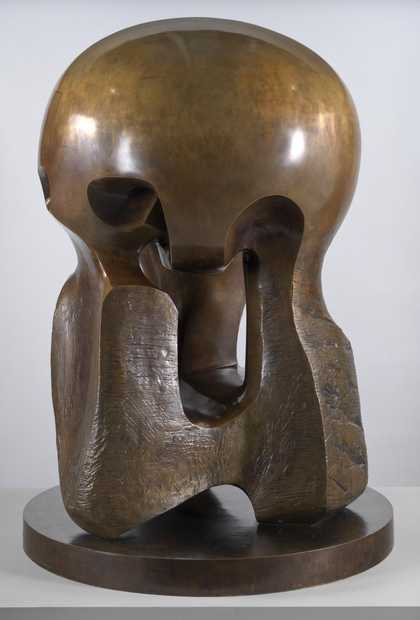
Henry Moore OM, CH
Atom Piece (Working Model for Nuclear Energy) (1964–5, cast 1965)
Tate
Henry Moore’s Atom Piece (Working Model for Nuclear Energy) 1964–5 is at once organic and industrial. Its burnished bronze dome brings to mind the single cells of early life forms, as well as the spheres atop nuclear power stations or the radomes crowning military bases. To others it suggests a skull or a mushroom cloud. It certainly has a powerful visual resonance with the Atomic Bomb Dome at Hiroshima – a public building that miraculously partially survived the 1945 bombing and which has since been preserved as a peace memorial. In 1987, the city of Hiroshima bought one of the seven casts of Atom Piece.
Moore’s artwork absolutely symbolises the origins and nature of atomic power: splitting the atom, the transformation of matter into energy, or e=mc2, as Einstein calculated, and its application to the radioactive element uranium, resulting in a uniquely devastating force. Human ingenuity turned this destructive potential into the atom bomb. The greatest scientific minds of the twentieth century were dedicated to this creation – and many of them came to deeply regret their contribution. In those years, science was the great hope for humanity, a truth beyond doubting, with its promise of the eradication of hunger, want and disease. Harnessed well, as so many hoped it would be, it seemed near infallible. Yet the so-called miracle of modern science, trumpeted so much in the 1960s, brought malign outcomes too. Atomic science turned out to be a very modern magic. Witnessing the detonation of the first atomic bomb, Robert Oppenheimer recalled a famous line from the Hindu text Bhagavad Gita: ‘Now I am become Death, the destroyer of worlds.’
In his opposition to nuclear weapons, Moore was part of a powerful like-minded artistic and intellectual wave. This movement was, in turn, part of the social radicalisation embodied by the Campaign for Nuclear Disarmament in the 1960s –and Moore was perhaps its highest cultural expression. They were truly names to conjure with: among them Barbara Hepworth, J.B. Priestley, Benjamin Britten, Bertrand Russell, Augustus John and Herbert Read. Britain’s traditional identity was changing, and there were plenty of people who wanted to take part in shaping a new society with different values. Art was central to this, whether it was through opening art schools to new techniques and curricula, or the production of challenging, visionary work that upset the old certainties. Moore’s Atom Piece somehow encapsulates this moment in physical form: welding art, science and the terrible power of the atom together in a beautiful artwork. In our own era, as the danger of nuclear weapons use draws ever closer, it’s time to re-engage with the formidable power of Atom Piece.
Atom Piece (Working Model for Nuclear Energy) was presented by the artist in 1978.
Kate Hudson is General Secretary of the Campaign for Nuclear Disarmament.
To read more of our special feature celebrating Tate Britain's rehang, visit www.tate.org.uk/tate-etc/issue-58-summer-2023/alex-farquharson-tate-britain-the-state-were-in

